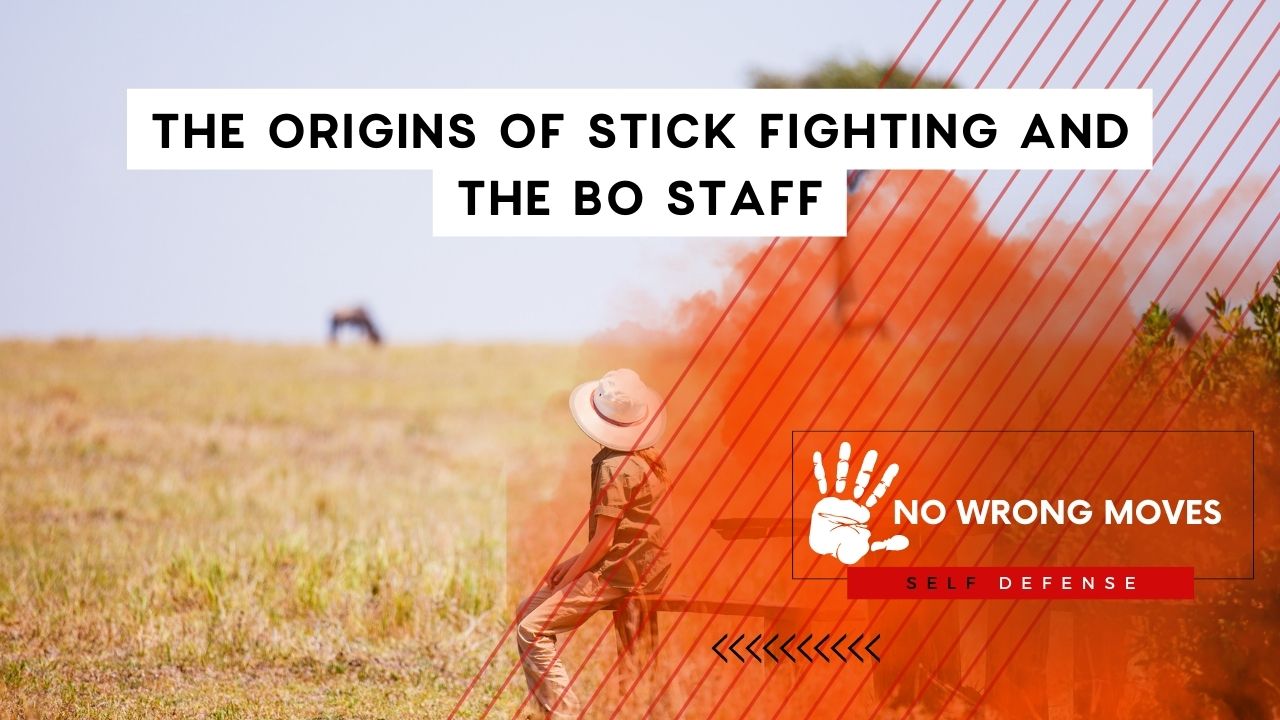
Have you ever pondered the origins of stick fighting? I know I have, and my quest for knowledge brought me to a practice that dates back two millennia. Although, it's admittedly difficult to trace stick fighting back to a single source, given its deep roots in ancient history.
In this article, we'll embark on a fascinating journey through the realm of stick fighting, exploring various forms such as Bo Staff martial arts.
Along the way, we'll unveil intriguing details about those who developed these weapons-based combat techniques and how they've evolved over time.
Armed with this newfound wisdom, you'll gain an appreciation for why these age-old artifacts were crafted and develop a deeper understanding of their contemporary applications. So let's dive in and discover what sets stick fighting apart!
Origins of Stick Fighting: A Rundown

Stick fighting is one of the oldest forms of martial arts, and the use of the bo staff dates back thousands of years.
The history of stick fighting can be traced back to ancient civilizations in quite a few continents, such as:
- Africa
- Asia
- Europe
It was a common method of combat and self-defense, and it was used by soldiers and warriors in battle. As civilization progressed, stick fighting evolved into a form of martial arts and was practiced for sport and self-defense.
The bo staff, also known as a "bo," "kon," or "bang," is a long stick that is typically made of wood, bamboo, or fiberglass. Its origins can be traced back to ancient China, where it was used as a weapon by soldiers and warriors.
The bo staff was also used by the Shaolin monks, who developed a unique style of martial arts called Shaolin Kung Fu.
In Japan, the bo staff was used by the samurai, who developed their own style of stick fighting called "jōdō." The jōdō techniques were designed to be used with a shorter staff, known as a jō, and were developed as a method of defending against sword attacks.
In Okinawa, the bo staff was used in the practice of traditional martial arts such as Karate and Kobudo. These styles of martial arts were developed in response to the banning of weapons by the Japanese government in the 1600s.
Today, the bo staff is still used in martial arts around the world. It is a versatile weapon that can be used for striking, blocking, and grappling. It requires skill and practice to master, and can be used in both offensive and defensive situations.
In conclusion, stick fighting and the use of the bo staff have a rich history that dates back thousands of years. It has evolved from a method of combat and self-defense to a form of martial arts that is practiced around the world.
The bo staff remains an important part of many martial arts styles, and continues to be a powerful weapon when used properly.
The Global Spread of Traditional Stick Fighting Styles

Stick fighting is more than just a form of combat; it is an ancient practice that combines athleticism, strategy, and self-defense. It has been a part of cultures all over the world for centuries, used to settle disputes between tribes and defend against predators.
Recently, there has been a surge in popularity of stick fighting styles globally due to their combination of martial arts techniques with traditional rituals.
The most popular stick fighting style today is Escrima or Kali, which originated in the Philippines. This style combines striking, blocking, joint manipulation, and weapon disarming techniques into one dynamic art.
Its practitioners learn how to use sticks (called Arnis), knives (called Espada), or even bare hands to defend themselves against an enemy or multiple opponents.
Since its spread worldwide, it has become increasingly popular among martial artists looking for something more challenging than the typical Karate class.
The sportification of these traditional styles allows for safe and competitive practice in tournaments where athletes can compete against each other while still respecting their culture’s traditions. Countries around the world have embraced stick fighting and now host annual championships.
- In Europe, countries like Spain have become renowned for their Stick Fighting competitions.
- In Africa, countries like Morocco have developed national teams that compete at international competitions.
- In Asia, countries such as Thailand have embraced stickfighting and now host annual championships.
Not only does this allow people from different cultures to come together through competition, but it also encourages younger generations to continue practicing these ancient skills that might otherwise slowly diminish if left untouched by modern sports principles.
The Wrap-Up

As we have learned, the Bo staff has a rich history and has been used for centuries in various forms of stick fighting. It has been utilized as a weapon for self-defense, as well as in military battles and martial arts competitions.
The techniques used in Bo staff fighting have evolved and adapted over time, and continue to be studied and practiced by many today.
The origins of stick fighting and the Bo staff are fascinating and demonstrate the ingenuity and resourcefulness of human beings throughout history.
By understanding the origins of the Bo staff and its uses, we can appreciate its significance and value in both historical and modern contexts.
Whether as a form of self-defense or a martial art, the Bo staff remains a versatile and respected weapon in the world of combat and combat training.
Read up more about stick fighting here!
[author-box-jpx-fitness]

